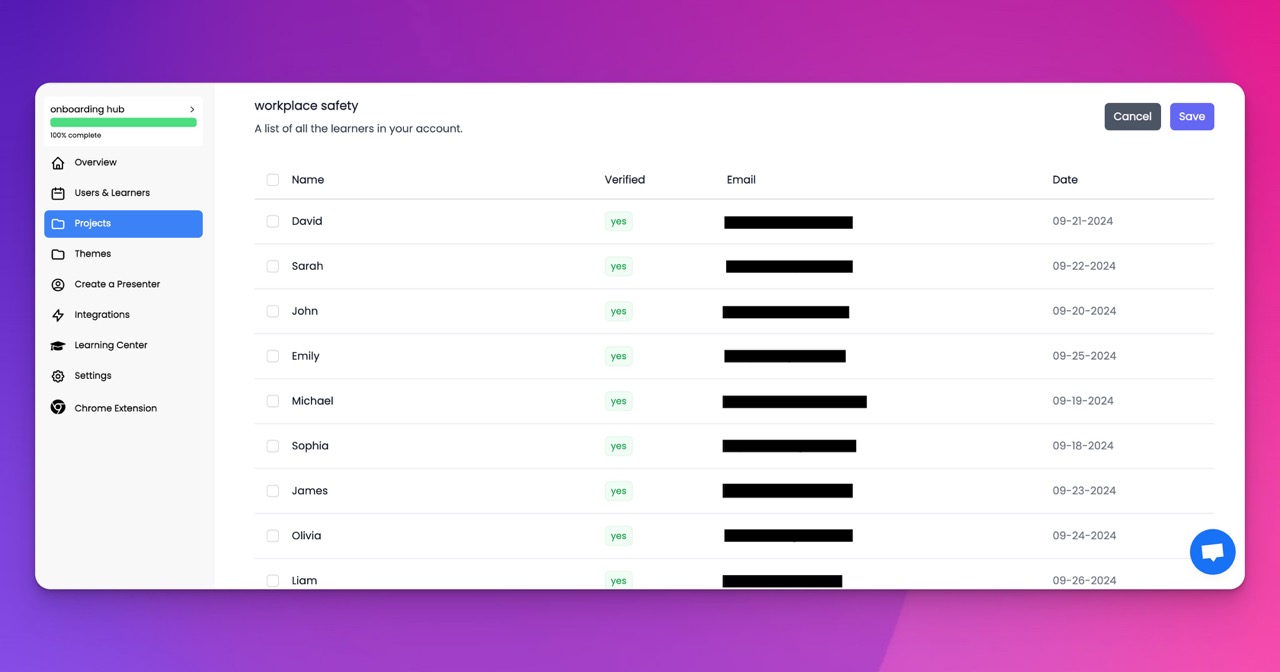🎉 Trainday now integrates with Zendesk and Hubspot 🎉 Trainday now integrates with Zendesk and Hubspot 🎉 Trainday now integrates with Zendesk and Hubspot
🎉 Trainday now integrates with Zendesk and Hubspot
🎉 Trainday now integrates with Zendesk and Hubspot
Contact
Airlines
The Cost of Employee Turnover in Airlines and How to Reduce It
The Cost of Employee Turnover in Airlines and How to Reduce It: Leveraging Data and Artificial Intelligence to Develop Rapid, Relevant Employee Training Courses
Employee turnover is a significant challenge faced by airlines globally, leading to substantial financial losses, decreased productivity, and compromised customer experiences. To address this issue, airlines are increasingly turning to data-driven approaches, combined with artificial intelligence (AI), to develop efficient and relevant training programs for their employees. In this blog post, we will explore the high cost of employee turnover in the airline industry and discuss how leveraging data and AI can help create fast, targeted training courses to reduce turnover rates.
The Cost of Employee Turnover in Airlines:
Employee turnover in the airline industry can be a costly affair, impacting both the bottom line and overall operational efficiency. The expenses associated with recruiting, hiring, and training new employees, coupled with the loss of institutional knowledge and experience, can quickly add up. Moreover, turnover disrupts workflow, contributes to decreased employee morale, and affects customer service quality, which can harm an airline's reputation.
The Role of Data in Identifying Training Needs:
To combat the challenges of employee turnover, airlines are harnessing the power of data. By analyzing information on employee performance, engagement, and reasons for departure, airlines can identify patterns and trends that point towards specific areas requiring improvement. This data-driven approach enables airlines to develop targeted training programs that address the identified pain points, ensuring the training remains relevant and impactful.
Artificial Intelligence for Rapid Course Development:
Traditionally, developing and implementing employee training courses has been a time-consuming and resource-intensive process. However, with the integration of AI, airlines can expedite the creation of training materials while maintaining their quality. AI-powered algorithms can analyze vast amounts of data, including customer feedback, industry best practices, and regulatory requirements, to generate customized training content rapidly. This allows airlines to respond swiftly to changing training needs, reducing the time it takes to develop and deliver courses.
Personalized Training with AI:
AI can also play a crucial role in personalizing training experiences for airline employees. By leveraging AI algorithms, airlines can analyze individual employee profiles, performance data, and learning preferences to create tailored training modules. This personalized approach ensures that employees receive the training they need to enhance their skills and knowledge, ultimately boosting job satisfaction and reducing turnover rates.
Real-time Performance Monitoring:
Another benefit of utilizing AI in training courses is the ability to monitor employee performance in real-time. By integrating AI-powered systems into training platforms, airlines can track employees' progress, identify areas of improvement, and provide immediate feedback. This not only enhances the learning experience but also allows airlines to address performance gaps proactively. By continuously evaluating and refining training programs, airlines can ensure that their courses remain effective and aligned with evolving industry demands.
Conclusion:
Employee turnover poses significant challenges for airlines, but leveraging data and artificial intelligence can help mitigate these issues. By harnessing the power of data analytics, airlines can identify areas of improvement and develop targeted training programs. Additionally, AI technology enables the rapid creation of personalized training courses, allowing airlines to address training needs efficiently. By using data and AI, airlines can reduce turnover rates, improve operational efficiency, and enhance the overall customer experience, ultimately leading to long-term success in the airline industry.
Accelerate Compliance.
Deliver OSHA-Ready Courses Instantly.
Empower your team with data-driven training solutions tailored to your industry's safety standards. Stay compliant, reduce risks, and boost productivity with AI-powered course creation.
